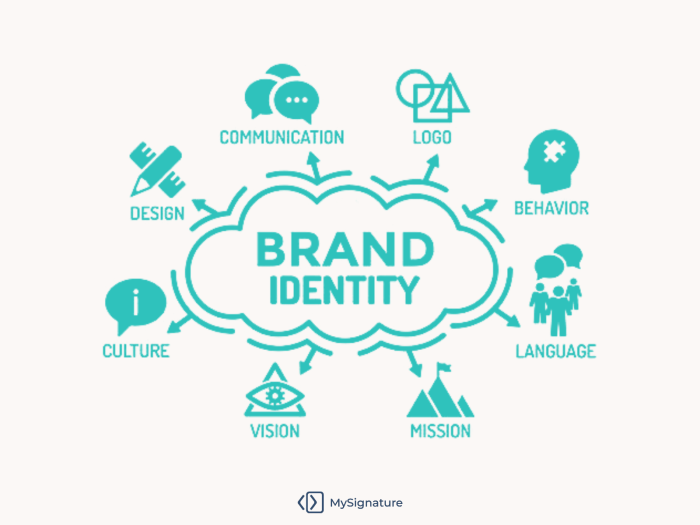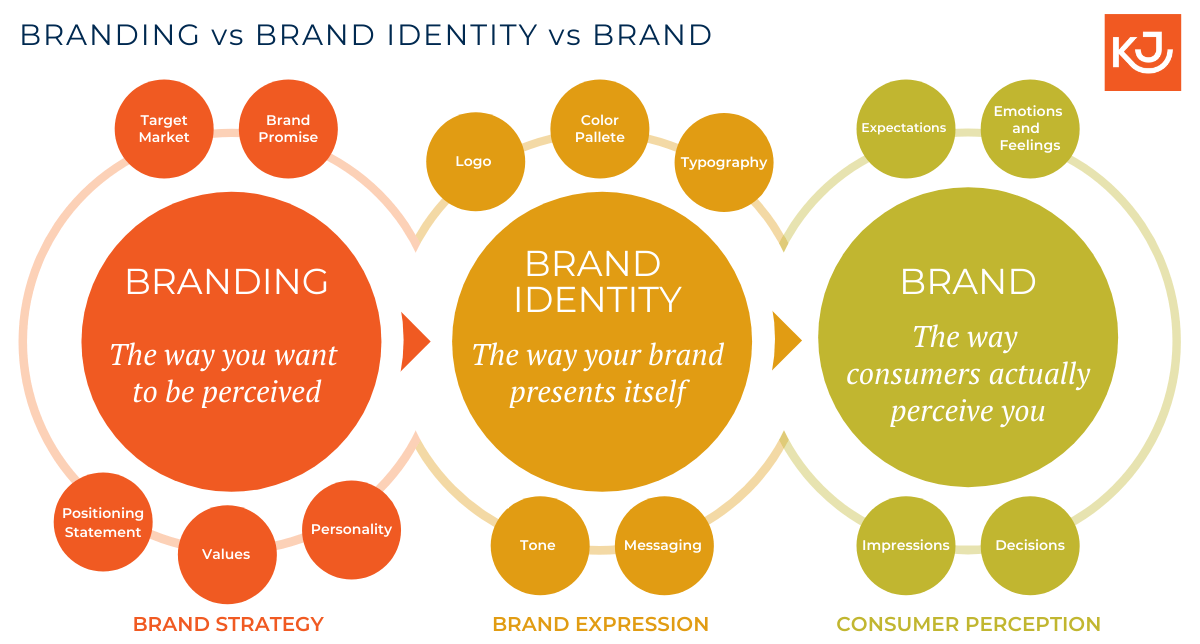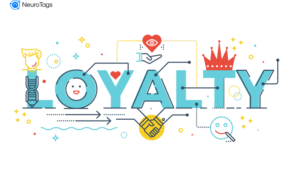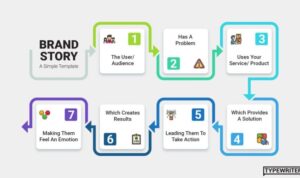Brand Identity Building is the cornerstone of any successful business venture. It’s like creating your own signature style that sets you apart from the competition. Let’s dive into the world of branding where every color, font, and logo tells a unique story.
From Nike’s iconic swoosh to Coca-Cola’s timeless red color, we’ll explore how these elements play a crucial role in shaping a brand’s identity and connecting with loyal customers.
Importance of Brand Identity Building

Building a strong brand identity is crucial for businesses to stand out in a competitive market and connect with their target audience. It helps create a unique personality for the brand, build trust with customers, and differentiate it from competitors.
Examples of Successful Companies
- Apple: Known for its sleek design, innovative products, and strong brand loyalty.
- Nike: Embraces the “Just Do It” attitude, focusing on empowerment and motivation.
- Coca-Cola: Has maintained a consistent brand image for years, emphasizing happiness and nostalgia.
Brand Identity and Customer Loyalty
Brand identity plays a significant role in fostering customer loyalty. When customers resonate with a brand’s values, messaging, and overall image, they are more likely to become repeat customers and brand advocates. Consistent branding helps create a sense of trust and reliability, leading to long-term relationships with customers.
Brand Recognition
A strong brand identity also contributes to brand recognition. When a brand has a clear and consistent identity, it becomes easily recognizable in the market. This recognition can lead to increased visibility, customer recall, and ultimately, brand growth and success.
Elements of Brand Identity

In brand identity building, several key elements play a crucial role in shaping how a brand is perceived by its audience. These elements work together to create a distinct and cohesive brand image that sets the brand apart from its competitors.
Logo
A logo is often the first visual element that customers associate with a brand. It is a symbol that represents the brand’s values, mission, and personality. A well-designed logo is memorable, versatile, and timeless, making it crucial for brand recognition and recall.
Color Palette
The color palette of a brand is essential in conveying its personality and evoking specific emotions in consumers. Different colors can evoke different feelings and associations, so selecting the right colors for a brand can significantly impact how it is perceived. Consistency in color usage across all brand materials is key to building a strong brand identity.
Typography
Typography refers to the style and appearance of the text used by a brand. The choice of fonts, sizes, and spacing can convey the brand’s tone of voice and personality. Consistent typography helps establish brand recognition and creates a cohesive visual identity across all brand communications.
Brand Voice
Brand voice encompasses the language, tone, and style used in a brand’s messaging. It reflects the brand’s personality and values, creating a connection with the target audience. A consistent brand voice helps build trust and loyalty among customers and differentiates the brand from competitors.
How These Elements Work Together
When combined effectively, the logo, color palette, typography, and brand voice work in harmony to create a cohesive brand identity. The logo serves as the visual representation of the brand, while the color palette and typography reinforce the brand’s personality and values. The brand voice then ties everything together, providing a consistent tone and style across all brand communications. This cohesive brand image helps build brand recognition, trust, and loyalty among customers.
Brand Identity Development Process: Brand Identity Building
Developing a strong brand identity involves several key steps that are crucial for creating a lasting impression on your target audience. From market research to maintaining consistency in messaging, each stage plays a significant role in shaping your brand identity.
Market Research
Market research is the foundation of brand identity development. By analyzing market trends, consumer behavior, and competitor strategies, you can identify gaps and opportunities to differentiate your brand in the market.
Competitor Analysis
Conducting a thorough analysis of your competitors helps you understand their strengths and weaknesses. This knowledge enables you to position your brand uniquely and capitalize on areas where competitors may be falling short.
Target Audience Identification
Identifying your target audience is essential for tailoring your brand messaging and visual elements to resonate with your ideal customers. Understanding their needs, preferences, and pain points allows you to create a brand identity that connects on a deeper level.
Consistency in Brand Messaging
Consistency is key in brand identity development. From your logo and color palette to your tone of voice and brand values, maintaining consistency across all touchpoints helps build brand recognition and trust with your audience.
Brand Identity Across Different Platforms
Maintaining a consistent brand identity across various platforms, such as social media, websites, and print, poses unique challenges. However, employing effective strategies can help ensure a cohesive brand image and message.
Adapting Brand Identity for Different Platforms
- Consistent Visual Elements: Utilizing the same color palette, typography, and logo across all platforms helps in creating a recognizable brand identity.
- Tone and Voice: Maintaining a consistent tone and voice in all communication, whether on social media or print, reinforces the brand’s personality.
- Adaptation to Platform Requirements: Tailoring content to fit the specific platform’s format while staying true to the brand identity is crucial for engagement.
Reaching a Wider Audience
Adapting brand identity to different platforms allows brands to connect with a diverse audience across various channels. By customizing content to suit the preferences and behaviors of users on each platform, brands can effectively engage with a wider demographic and increase brand visibility.
Successful Examples, Brand Identity Building
- Nike: Nike maintains a consistent brand identity across its social media, website, and advertising campaigns, ensuring a unified brand experience for consumers.
- Apple: Apple’s minimalist design aesthetic and messaging remain consistent across all platforms, reinforcing the brand’s premium image.
- Coca-Cola: Coca-Cola has successfully adapted its brand identity to resonate with different cultures and demographics globally, while maintaining its core brand values.





